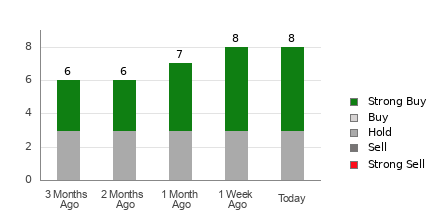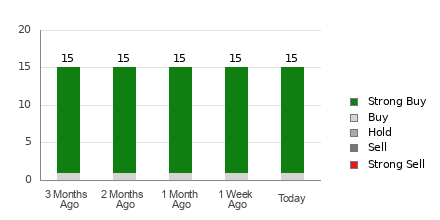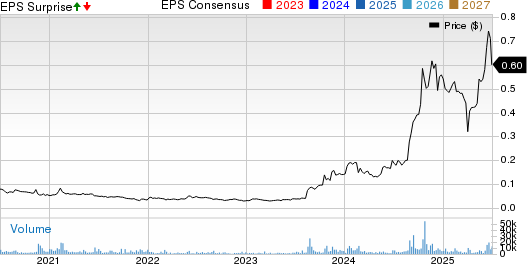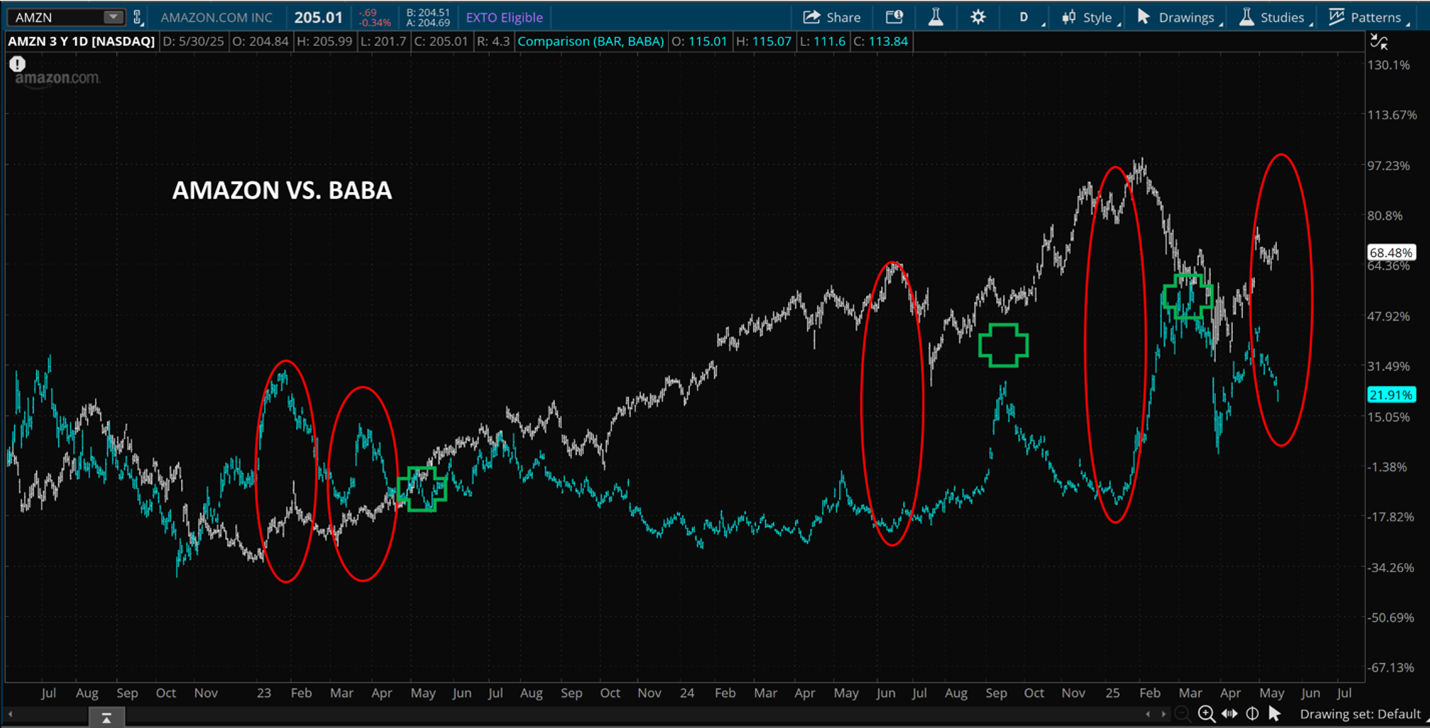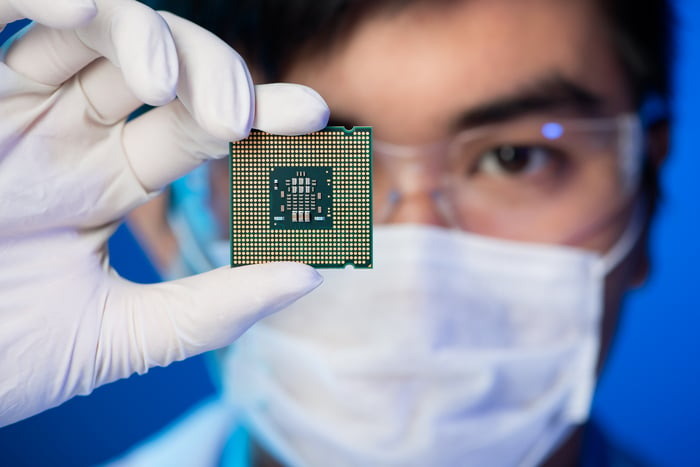By Massimo Pezzini, Workato Head of Research
The Growing Importance of Automation and Integration Technologies
For decades, businesses have been on a quest to automate their processes and seamlessly integrate various systems. The era of purchasing applications as an integrated suite from a single vendor has dwindled, giving rise to an influx of best-of-breed (BoB) solutions, especially with the transition to cloud technology. This has led to a scenario where midsize organizations may have over a hundred applications in place, while large organizations may have thousands. The surge in mobile apps and IoT devices, coupled with the increasing popularity of AI technologies, has further escalated the need for integration within business processes.
This modern landscape offers boundless potential for innovation and differentiation, yet poses significant challenges in re-aggregating disparate systems and devices to work in harmony. Although this may appear to be a drawback in terms of costs and effort, it presents an opportunity for organizations to optimize, innovate, and achieve unprecedented levels of business agility.
The Evolution of the Automation and Integration Technologies Market
According to Gartner®, user organizations spent approximately US$28 billion on automation and integration technologies in 2022 and are projected to exceed US$52 billion by 2027. This market encompasses ten segments, each at a different stage in its life cycle. Early segments such as managed file transfer, B2B gateway software, and message queuing/pub-sub event brokers have matured technologically, while the third generation segments, including integration platform as a service (iPaaS), API management platforms, robotic process automation (RPA), and event-streaming event brokers, have emerged in the 2010s with a robust double-digit growth and a crowded landscape of providers.
iPaaS Leads the Charge in the New Generation
Among the third generation segments, integration platform as a service (iPaaS) has risen as a dominant force, offering a versatile and scalable solution for organizations to meet their automation and integration needs. With a crowded and vibrant provider landscape, iPaaS promises to play an increasingly crucial role in user organizations’ IT strategy in the coming years.
The rapid adoption of iPaaS can be attributed to its ability to seamlessly integrate diverse applications and systems, providing advanced and innovative functionality that was previously unattainable with monolithic suites. Furthermore, iPaaS presents organizations with the opportunity to reconstruct and optimize their business processes, thus enhancing their overall business agility in a rapidly evolving digital environment.
Conclusion
The surge in demand for automation and integration technologies signifies the escalating need for organizations to harmonize their diverse applications, systems, and devices in order to adapt to the changing digital landscape. iPaaS, as a leading contender in this space, is poised to revolutionize the way organizations approach automation and integration, paving the way for innovative and agile business operations.
Future initiatives in digital transformation can undoubtedly benefit from the versatility and scalability offered by iPaaS, making it a strategic investment for businesses aiming to thrive in the digital age.
Reference:
[1] https://wordhtml.com/#_ftn1
The Rise and Dominance of iPaaS in the Automation and Integration Technology Market
Amidst the ever-changing landscape of technology, user organizations are shifting their focus from the traditional tools of the past to a new generation of innovative solutions. This paradigm shift is evident in the burgeoning success of Integration Platform as a Service (iPaaS), which is rapidly establishing its dominance in the automation and integration technology market.

Figure 2 – iPaaS Dominates the Automation + Integration Technology Market
iPaaS: the Automation and Integration Swiss Army Knife
What are the reasons behind the remarkable success of iPaaS? And why do analysts have such high expectations for its market growth?
Formally, iPaaS comprises a blend of capabilities that empower organizations to develop, run, and manage integration flows connecting applications, data sources, APIs, events, and devices across hybrid, multi-cloud environments. Defined as a cloud service, iPaaS is also adaptable to hybrid deployment models, thereby ensuring flexibility and scalability.
A notable feature of iPaaS is its low code development environment, which allows for greater accessibility and usability. Advanced iPaaS offerings are further enhancing this approach with AI-powered tools that enable developers to build automation and integration flows using natural language, thus simplifying the development process.
Organizations utilize iPaaS for a myriad of purposes, including synchronizing data across applications, automating business processes, connecting mobile apps with business applications, and bolstering API economy models, among other functionalities.
Essentially, iPaaS provides, in the form of a cloud service, a comprehensive suite of functionalities that were previously offered by various generations of technologies (see Figure 3).

Figure 3 – iPaaS Functionality and Characteristics
The Factors Driving iPaaS Market Success
Several factors contribute to the remarkable success of the iPaaS market:
- Growing Demand: IT megatrends such as cloud, mobile, IoT, APIs, analytics, and AI are generating substantial automation and integration requirements, driving the need for iPaaS.
- Cloud Adoption: As organizations transition to the cloud, adoption of a cloud-based automation and integration platform aligns architecturally and technically with modern practices.
- Widespread Application: Unlike traditional platforms focused on specific requirements, iPaaS can address a wide range of scenarios, from data integration to process automation, partner integration, API publishing, event processing, and AI integration.
- Accessibility: Many iPaaS offerings support low code and AI-assisted development, catering to a broader audience, including application developers, SaaS administrators, business analysts, and even business users.
- Market Appeal: Vendors have tailored iPaaS to appeal not only to large IT departments but also midsize organizations and line-of-business units, making it more accessible and cost-effective.
In essence, iPaaS not only competes with traditional automation and integration tools but also addresses requirements and constituencies that were previously unattainable.
This trend shows no signs of halting as iPaaS continues to absorb functionalities from other segments while addressing emerging scenarios. One of these is AI integration—infusing AI capabilities into business processes to enhance efficiency and effectiveness. Over the next five years, AI integration is expected to become one of the top three automation and integration scenarios in terms of effort and expenditure.
AI will play a crucial role in the evolution of iPaaS technology, catalyzing a leap in productivity for IT and business developers, reducing operating costs, and enhancing service quality. This trajectory will further bolster iPaaS appeal, driving widespread adoption within organizations and dismantling barriers to adoption.
Guidance for CIOs and IT Leaders
iPaaS technology is quintessential for user organizations, necessitating CIOs and IT leaders to contemplate its optimal implementation for organizational gains.
Strategic Tips for Introducing iPaaS: Navigating the Future of Automation and Integration
In the constantly evolving landscape of technology, the introduction of innovative tools and platforms is paramount for organizations striving to stay competitive. When it comes to automation and integration, the strategic adoption of iPaaS (Integration Platform as a Service) can be a game-changer for businesses. CIOs and IT leaders must carefully navigate this terrain, incorporating iPaaS into their strategies to drive efficiency, promote business agility, and foster innovation.
Embracing iPaaS with a Strategic Mindset
For CIOs and IT leaders, iPaaS should be positioned as the cornerstone of the organization’s automation and integration strategy. Consider iPaaS as a comprehensive solution offering a wide array of capabilities essential for both current and future requirements, especially for midsize organizations. By leveraging iPaaS strategically, businesses can streamline their operations and prepare for the forthcoming technological landscape.
Coexisting with Previous Generation Technologies
Large organizations often have a mix of previous-generation tools and API management platforms in place. It’s crucial to plan for the coexistence of a new strategic iPaaS with these existing technologies. This strategic coexistence allows organizations to harness the strengths of both old and new systems, ensuring a smooth transition and effective utilization of resources.
Replacing “Legacy” Technologies with iPaaS
It’s evident that not all previous-generation technologies are well-suited for addressing modern needs. Some of these technologies were designed decades ago, without accounting for the advent of cloud, mobile, APIs, IoT, and AI. As these legacy technologies near the end of their lifecycle, iPaaS emerges as a compelling replacement option. Organizations stand to gain substantial benefits by replacing outdated systems with a sophisticated iPaaS.
Selecting a Future-Proof iPaaS
When choosing an iPaaS, it’s imperative to select a solution that is future-proof. Established iPaaS providers, with extensive experience and a large customer base, bring a wealth of real-world knowledge to the table. However, not all iPaaS offerings are equally adept at supporting the convergence of automation and integration, as well as newer scenarios such as AI integration. Identifying an iPaaS that aligns with future requirements is critical for long-term success.
No organization is immune to the implications of automation and integration. Far from a hindrance, iPaaS presents an opportunity for businesses to enhance efficiency, agility, and innovation. While the technology landscape offers numerous options, iPaaS is emerging as the linchpin of nearly every organization’s automation and integration strategy.
CIOs and IT leaders shouldn’t contemplate “if” they should devise an iPaaS strategy, but rather “when” to do so. The rapid market growth accentuates the urgency, as competitors may have already adopted iPaaS or are poised to do so. Delaying this strategic move not only squanders opportunities but also risks placing an organization at a competitive disadvantage.
[1] Figure 1 and 2 includes charts/graphics created by Workato based on Gartner research
Gartner®, Forecast: Enterprise Infrastructure Software, Worldwide, 2021-2027, 4Q23 Update
Arunasree Cheparthi, Robin Schumacher, Lisa Unden-Farboud, Daniel O’Connell, Brandon Medford, John Harrell, Laurie Wurster, Colin Fletcher, Nicholas Carter, Tarun Rohilla, Sharat Menon, Christian Canales, Amarendra ., Rahul Yadav
The views and opinions expressed herein are the views and opinions of the author and do not necessarily reflect those of Nasdaq, Inc.



